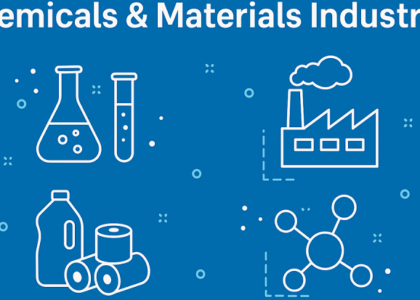The absorption chiller market is experiencing a resurgence, driven by its ability to offer a more sustainable and energy-efficient alternative to traditional vapor compression chillers. These chillers utilize heat, rather than electricity, to produce cool air, making them ideal for applications where reducing energy consumption and environmental impact are priorities. Let’s delve into the key drivers, opportunities, and future trends shaping this promising market.
Market Drivers: Turning Up the Heat on Growth
Several factors are fueling the growth of the absorption chillers market:
- Rising Energy Costs and Focus on Sustainability: As the cost of electricity continues to rise and concerns about climate change intensify, businesses and organizations are seeking more energy-efficient cooling solutions. Absorption chillers, which can leverage waste heat or renewable energy sources like solar thermal, offer a compelling alternative.
- Stringent Environmental Regulations: Regulations aimed at curbing greenhouse gas emissions are pushing the adoption of environmentally friendly technologies like absorption chillers.
- Government Incentives and Policies: Many governments are offering subsidies and tax breaks to encourage the use of absorption chillers, making them more financially attractive.
- Technological Advancements: Improvements in materials science and design are leading to more efficient and cost-effective absorption chillers.
- Growing Demand for District Cooling: Absorption chillers are well-suited for district cooling systems, which provide centralized cooling for multiple buildings. The rise of district cooling infrastructure creates a larger market for absorption chillers.
Get Exclusive Sample Copy of the Report: https://www.futuremarketinsights.com/reports/sample/rep-gb-1584
Opportunities Abound: A Market Poised for Expansion
The absorption chiller market presents exciting opportunities:
- Expansion into New Applications: Absorption chillers can be effective in various settings beyond traditional commercial buildings, including data centers, hospitals, and industrial facilities with readily available waste heat.
- Integration with Renewable Energy Sources: The ability to utilize solar thermal or geothermal energy as a heat source opens doors for even more sustainable cooling solutions.
- Advancements in Desiccant Cooling Technology: Desiccant cooling systems, a type of absorption chiller that uses desiccant materials for dehumidification, offer potential for energy-efficient cooling in hot and humid climates.
- Focus on Smart Controls and Building Automation: Integration with smart building automation systems can optimize absorption chiller operation and further enhance energy efficiency.
Future Scope: A Sustainable Cooling Landscape
The future of the absorption chiller market is envisioned to be:
-
- Development of High-COP (Coefficient of Performance) Systems: Advancements will lead to absorption chillers with even higher COPs, translating to greater energy savings.
- Material Innovations: New materials with improved heat transfer properties and higher operating temperatures will improve chiller efficiency.
- Modular and Compact Designs: The development of compact and modular absorption chiller units will enhance their suitability for a wider range of applications.
- Focus on Life Cycle Cost Analysis: Shifting focus from just upfront costs to life cycle costing will favor absorption chillers due to their lower operating expenses.
- Regional Market Expansion: Emerging economies with growing infrastructure development and increasing focus on sustainability offer significant potential for absorption chiller adoption.
Read more info: https://www.futuremarketinsights.com/reports/absorption-chillers-market


